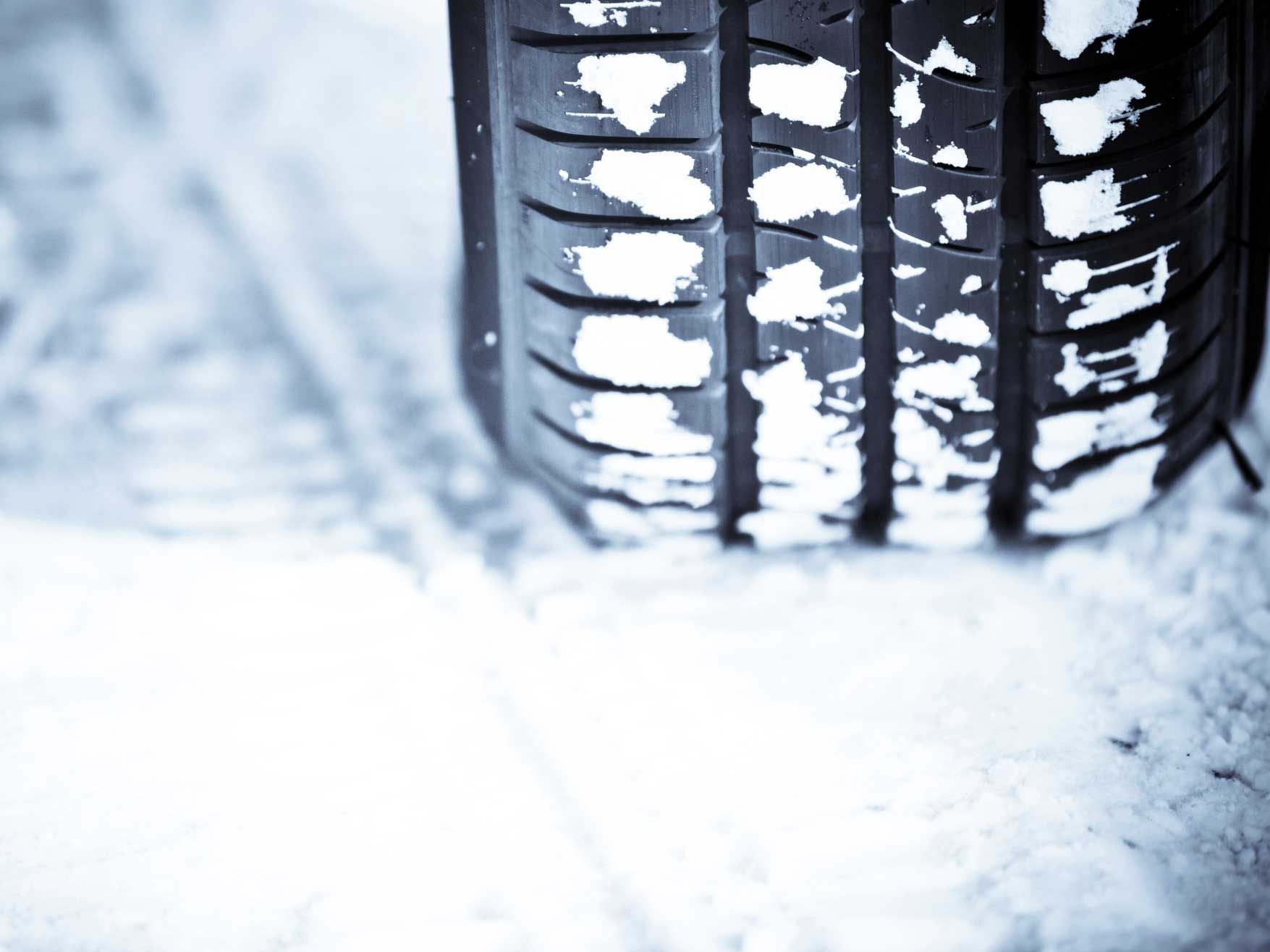
Put Winter Tires on Before it Gets Cold
Don’t wait for the season’s first snowfall to change your tires. Cito Ramos, a service advisor with Midas Service Experts, says tires lose their effectiveness at seven degrees Celsius. Winter tires are made of a softer rubber compound, which allow them to maintain their flexibility at lower temperatures. He suggests swapping your tires in November, right as the weather starts to cool down. It’s also essential that you change all four tires when preparing for winter. Look for the graphic of a mountain with a snowflake to distinguish winter tires.
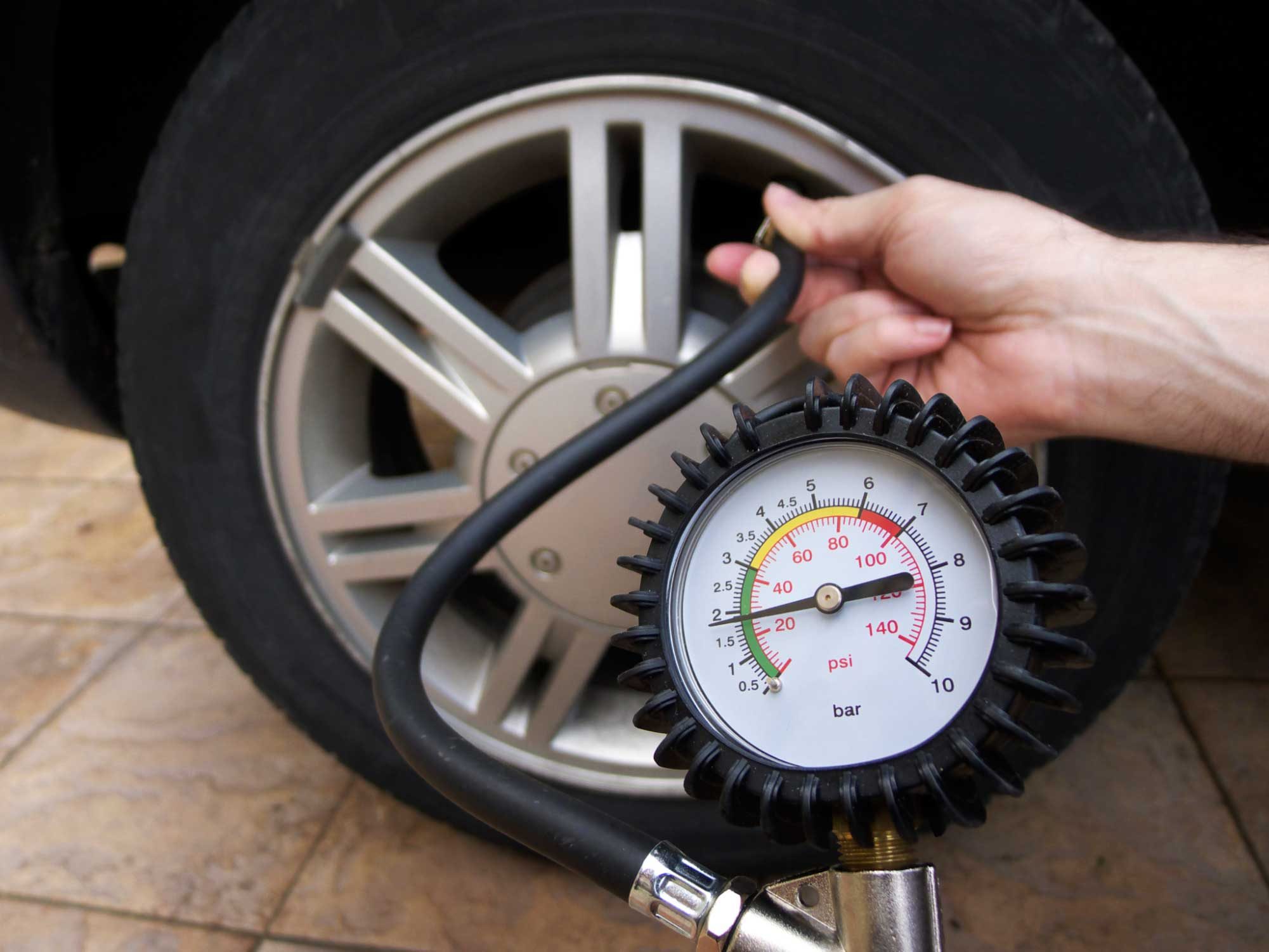
Don’t Over-Inflate Your Tires
Just as all-season tires lose their flexibility in lower temperatures, causing them to be hard and rigid, having overinflated tires can also lead to risky situations. Tires with too much air have the tendency to slide, rather than grip the road.
“Over-inflation makes the tires all that much harder,” says Ramos. He suggests trying to keep your tires up to the suggested inflation pressure, which may vary for different types of tires. Also, it’s important not to read the inflation pressure off the tire. “That’s only telling you what the maximum inflation pressure is for your tires,” he stresses. All vehicles should have a notice on the door or door jam that informs you what your tire pressure should be inflated to. If not, the information is available in your owner’s manual.
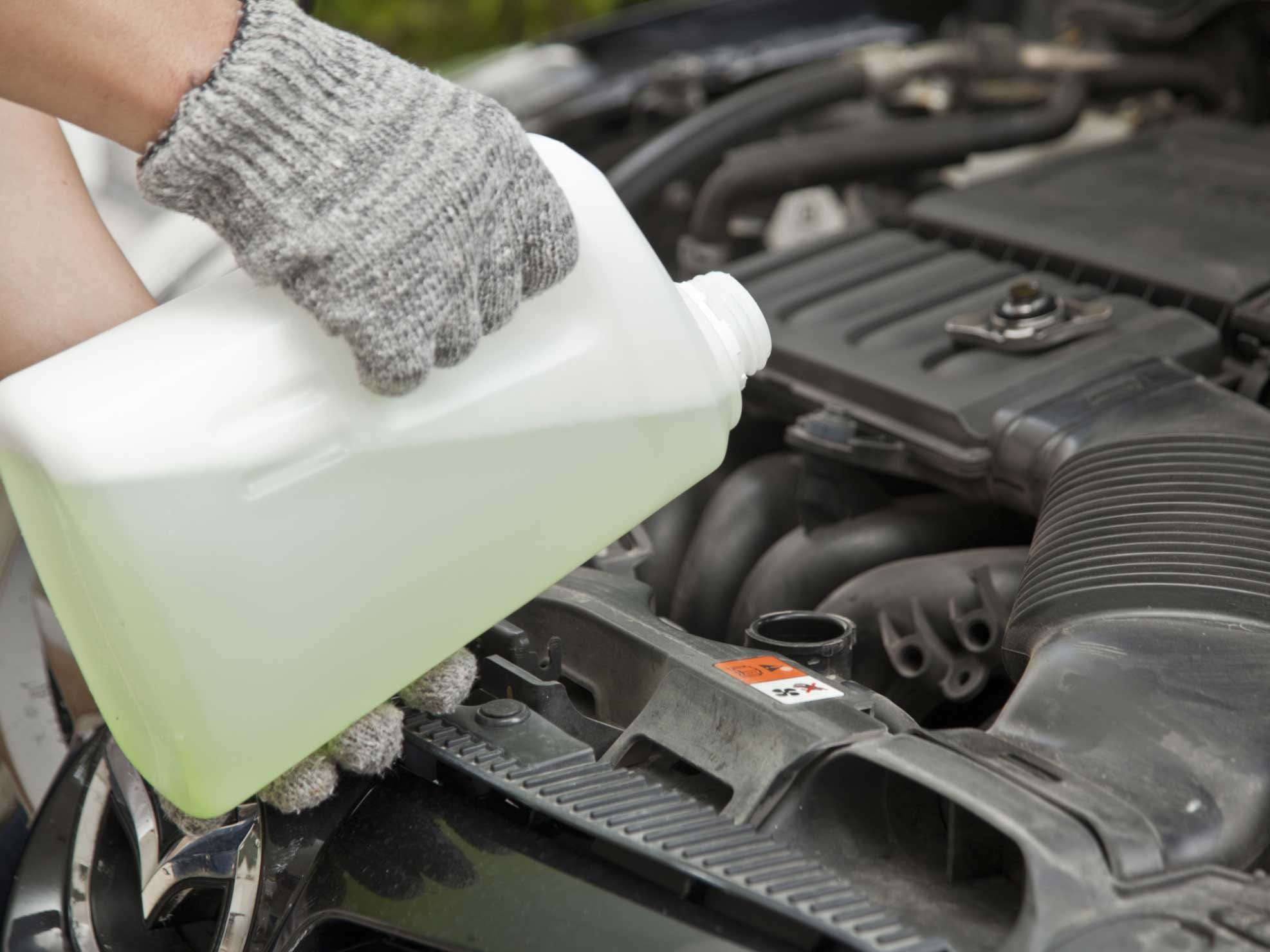
Check Your Fluids
Make sure your coolant – also known as antifreeze – is doing its job. A 50-50 mixture of antifreeze and water works best. “Make sure it’s at a tougher strength,” Ramos advises. “It gets weak over time because of dilution or contamination and may not hold up at really low temperatures.” It’s worth testing and flushing the coolant if it doesn’t meet the specifications or requirements. There are several ways to do this, but the easiest is to invest in a coolant tester. The tool, which resembles a turkey baster, measures the fluid and reads out how far below zero degrees the coolant will work.
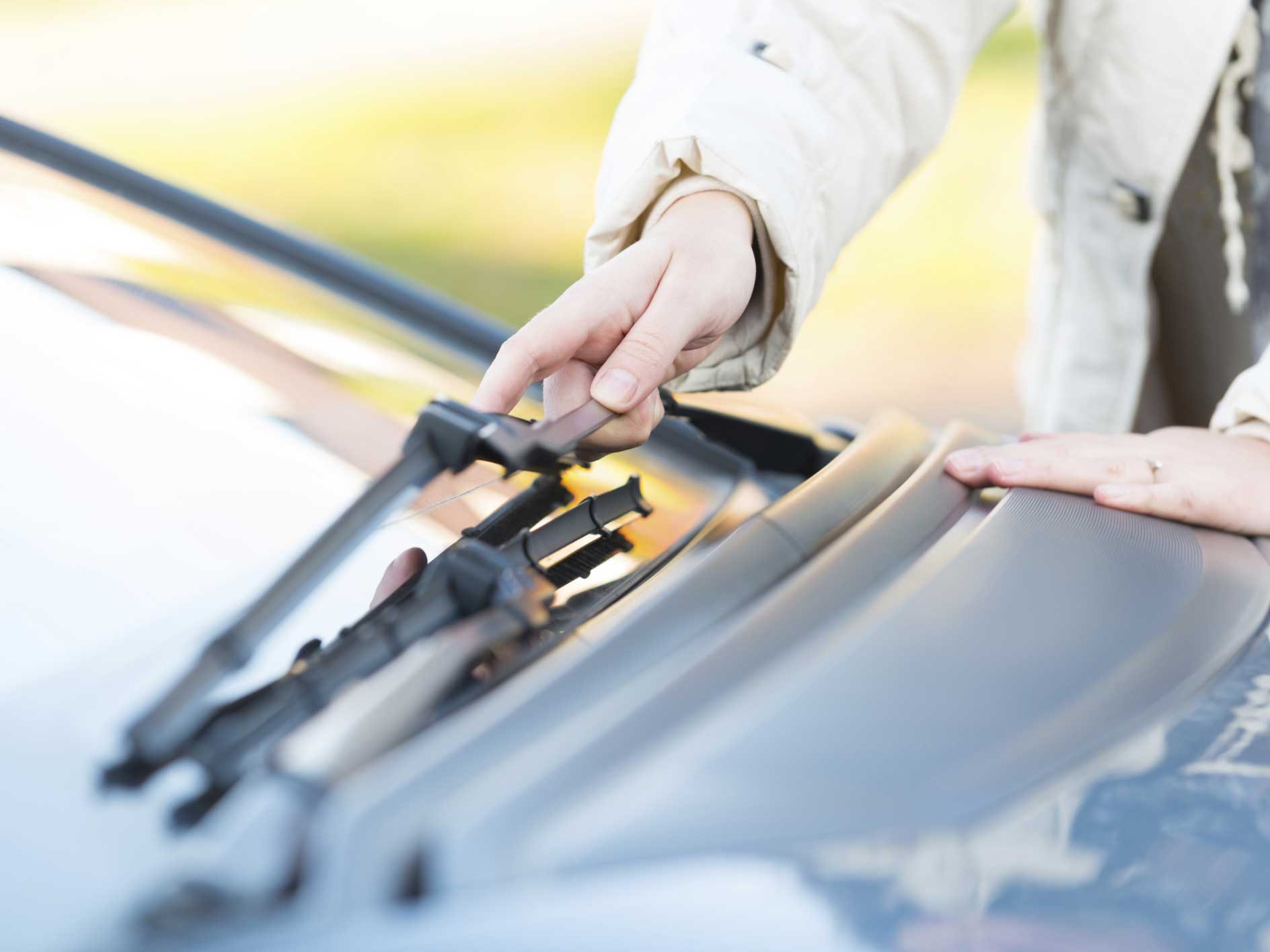
Make Sure Your Windshield Wipers Are Winter-Ready
Windshield wipers are your saviors during heavy down pours, so make sure they’re in tip-top shape. Wiping rubber will wear down over time, and it’s advisable to change them ever year or so. They’re relatively easy to replace yourself. When it comes to putting them into use, Ramos stresses to always clean your windshield first, before turning on the wipers. Otherwise they can be frozen to your window, which will tear your wipers.
“If your wipers can be lifted, just lift them up as you park your car, so they don’t stick,” he says. ” When you come back, just grab your scrapper and scrap away.” He also recommends carrying extra windshield wiper fluid. “It’s your best buddy in the winter.”
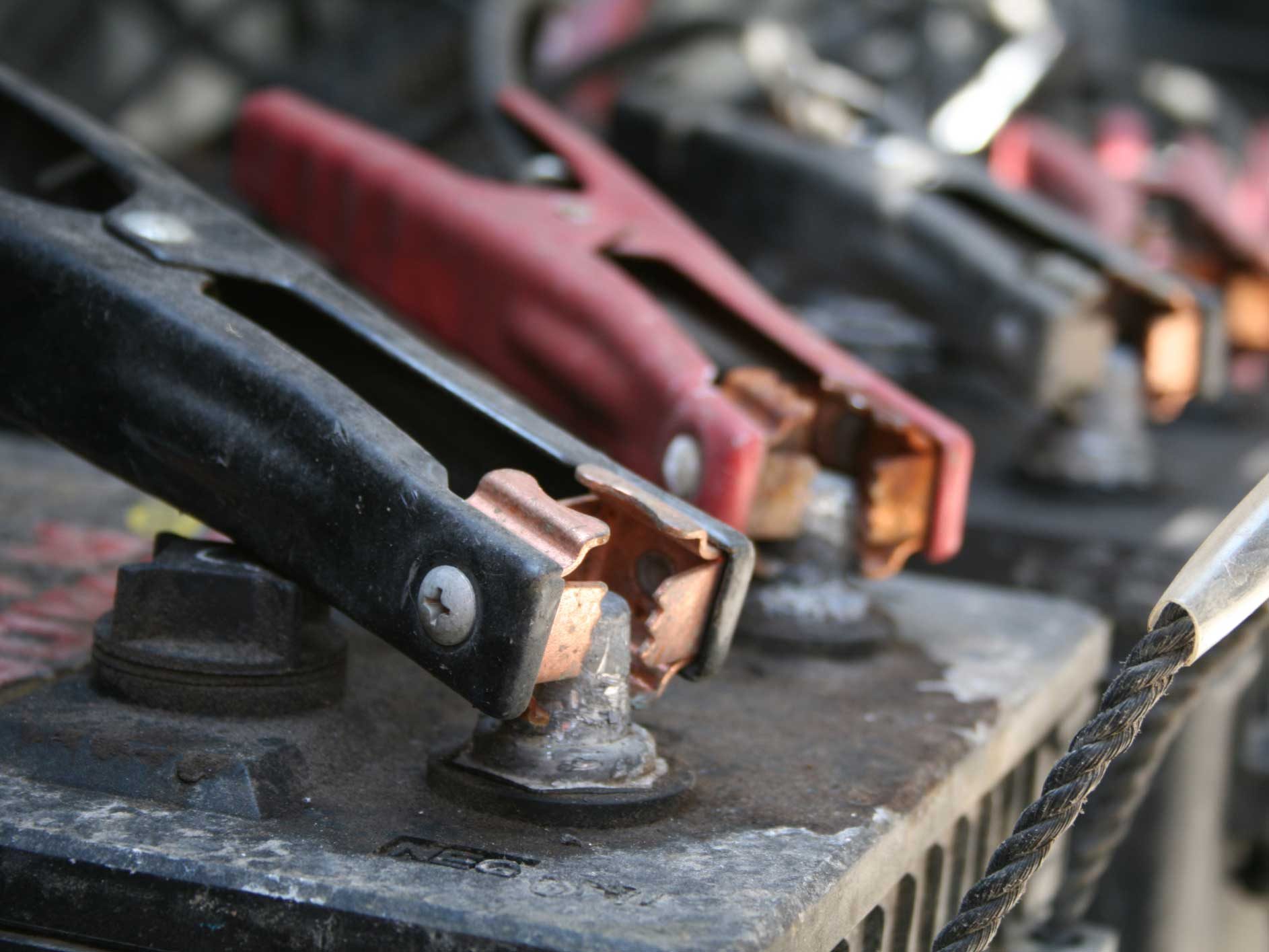
Check on Your Battery
It’s wise to give your battery the once over before the temperature drops below zero – the last thing you want is to have to jump start your vehicle in the middle of a snowstorm. Take note on whether the connections are corroded and that the water levels are right. A car battery is said to last about four years, so if you’re approaching that timeline, be on the safe side and bring it in to get tested.

Have a Winter Emergency Driving Kit
It’s always better to be prepared. Since there’s so much potential risk on the roads during the winter, it’s a smart move to have a winter emergency driving kit in case things get extreme. Kits can be bought at most hardware stores, though they’re easy to put together and you likely have many of the items around the house. Windshield wiper fluid, an ice scraper and fuel line antifreeze are all invaluable items to have with you when snow, ice and sleet is making regular contact with your car. Booster cables, traction mats, kitty litter (pour it in the path of your wheels for added traction) and a shovel are all lifesavers in case your vehicle gets stuck in the snow. A flashlight (which most cell phones have), road flares and a reflective vest are helpful so other drivers can see you if you happen to be stuck on the road. To avoid draining your vehicle’s battery and gas tank, matches and a survival candle are key to keeping your hands warm. Finally, an emergency food pack with water and non-perishable items like canned fruit and energy bars (along with a can opener and a fork) could be a lifesaver in the event of a dire situation.
Check out more winter driving tips!
Want to save yourself an expensive trip to the mechanic? Brush up on your DIY car maintenance skills.
Explore Reader’s Digest Cars.